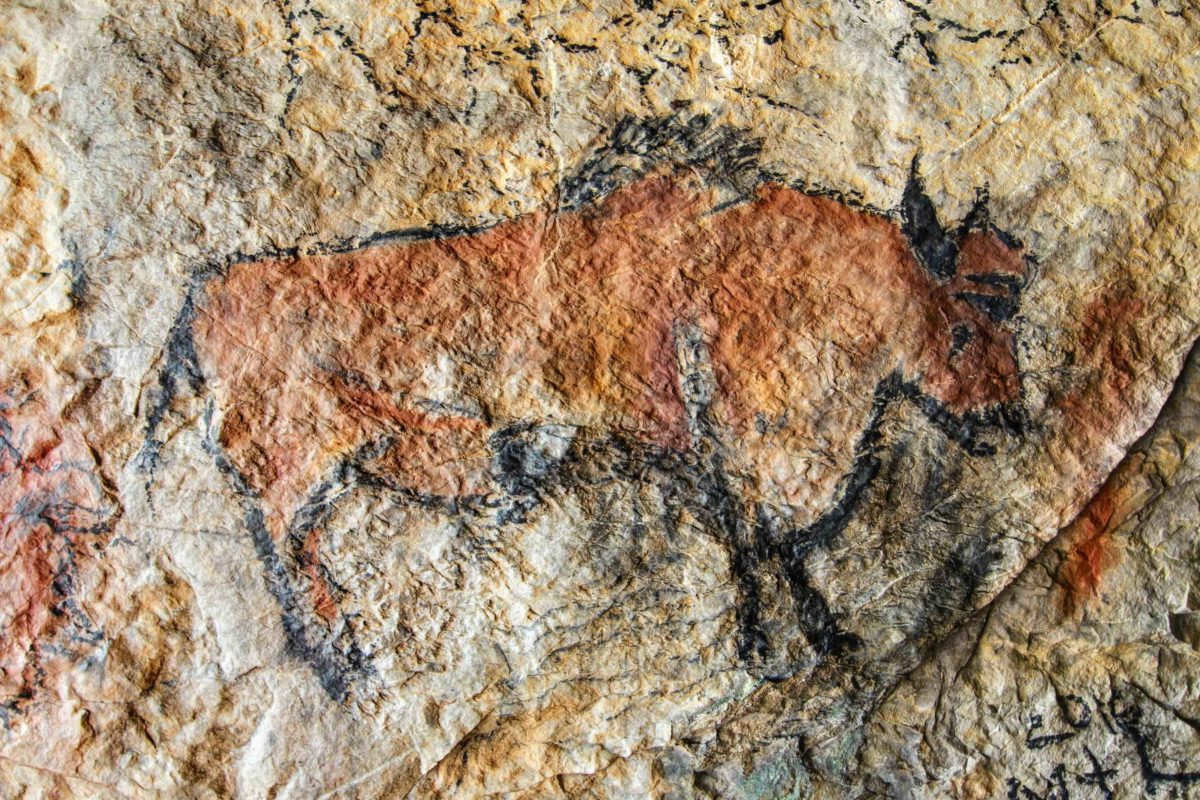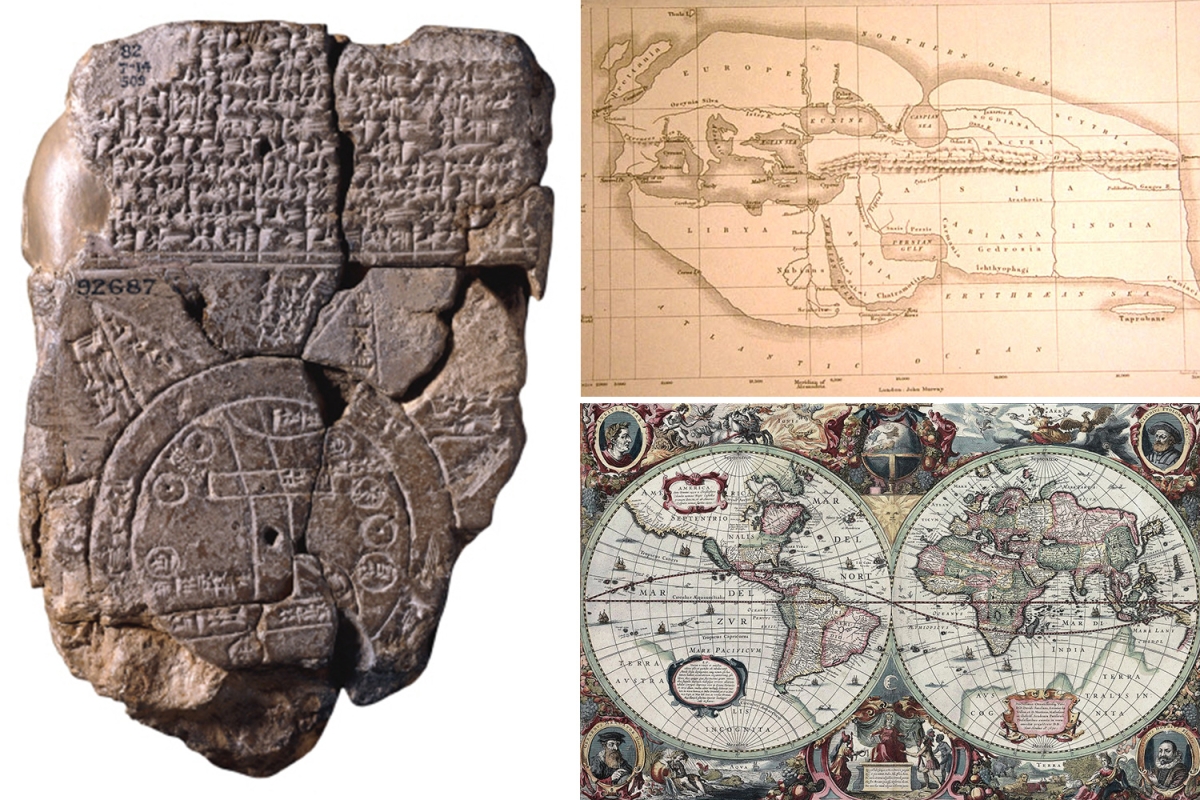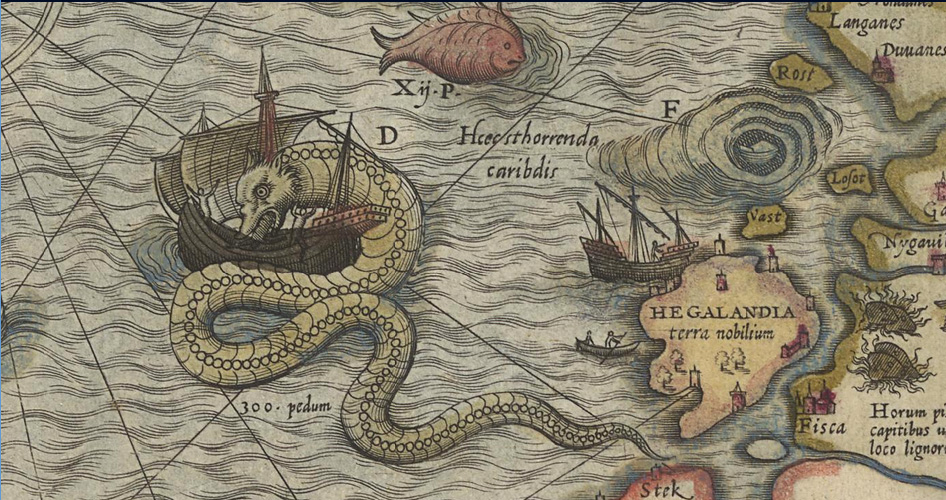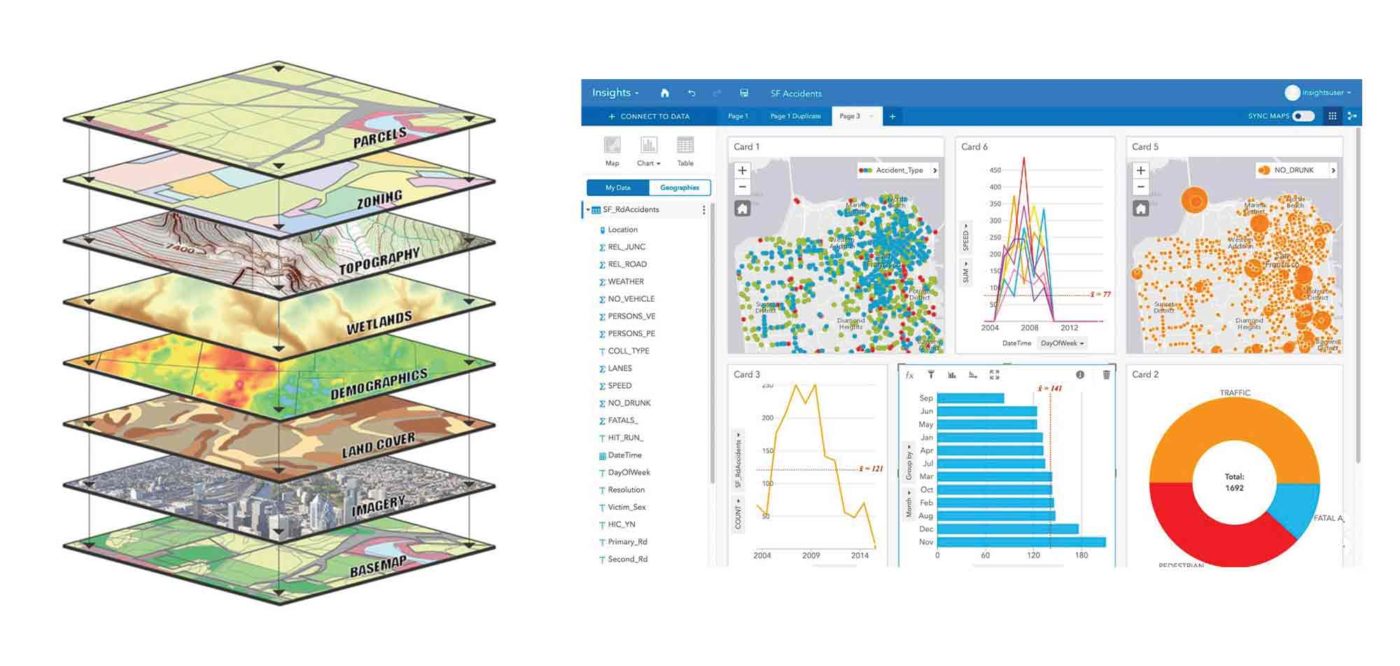But They Thought The Earth Was Flat?
While maps have been around for thousands of years – from the more simplistic ones found on some of the earliest inhabited caves to the intricate found throughout some of our most impressive ancient civilizations to those of today – our tools used to make them have not.

The cartography of today doesn’t always look too different from that of yesterday. Many of the same tools, calculations, and tricks of the trade have been used for centuries, a direct line between us and the ones who came first. Yet there are also many other ways in which map-making has changed dramatically. How they’re made and drawn definitely fall under this category, even with some of the similarities that can be found. Ready to learn more? Continue reading below!
The Humble Beginning
While today’s mapping technology is still somewhat exciting and new in the grand scheme of things, maps themselves have been around for a long time - existing almost as long as human history itself. Indeed, what scientists believe to be the first map as we know it can be traced all the way back to 25,000 BCE.
Found in the Czech Republic village of Pavlov, this earliest known example of cartography is actually a series of intentional markings etched into mammoth tusk. We still aren’t entirely sure about what’s being depicted, but it appears that the mammoth tusk map might be representing the ancient Pavlov landscape, with its curved lines portraying the area’s river and a circular symbol matching up to the clay slopes that have only recently been eradicated from the village.

Of course, while this may be the earliest example of the map, mankind’s map-making prowess didn’t end there. Tons of others have been discovered over the years, showcasing amazing diligence for record-keeping and area awareness.
The Turin Papyrus map immediately comes to mind, created in 1160 BCE by a scribe named Amennakhte to help Ramesses IV quarry the Wadi Hammamat. However, the ancient Babylonian world map, Eratosthenes’ mapping of the earth and its climate zones, Ptolemy’s geography, and so many others also definitely deserve recognition as some of mapping’s earliest beginnings.
Before Satellite
With ancient times (sadly) devoid of modern printing methods and these wonderful little machines we call computers, people had to rely on more basic artistry methods to bring their maps to fruition. This often meant using the resources they had on hand or that were close enough to procure, so cartography styles sometimes looked very different from location to location.
However, one that was particularly common in the ancient world was engraving. With rock, clay, wood, bone, and such widely accessible and plentiful, maps would often find themselves chiseled or carved into these natural materials. They weren’t anything overly fancy or detailed as the medium simply didn’t allow for it. Still, basic lines, geometric figures, and symbols were able to communicate a lot about rivers, mountains, hills, possible hunting spots, and more, as well-demonstrated with the Babylonian world map.
Hand-drawn or painted maps were another staples of the past. Even ancient people who resided in caves are believed to have contributed to the practice, depicting the lands and animals around them with charcoal, calcite, ochres, and similar sources of pigment. These representations were usually crude and mostly pictorial but became more stylized as history continued marching on.

From the time of the Romans and Greeks then on, maps were usually fairly intricate, although the specifics did vary depending on the time period. Around the area of Ptolemy, map features were displayed as exaggerated and, well, busy with landmasses, routes, and lines of latitude and longitude all added over time.
Meanwhile, the Middle Ages produced less scientific and more artistic maps, heavily influenced by the religious fervor that dominated the cartography of the period. Religious iconography of angels, monsters, and demons was frequently included, and maps tended to trade some of the cramped, informational stuff for a more basic design. It would only be after this period in the Renaissance that map-making would see a significant comeback in Europe.

The invention of the printing press and the rise of public learning were two of the main driving forces behind this. With the accessibility in printing and a renewed interest in science, monasteries and other religious orders no longer had absolute power - in cartography or in life. People were thirsty for knowledge, and publishing houses popped up to supply their demand.
Maps then became bigger and better and continued to do so as contact with the East pushed migration and interest in places far from home. Lines of latitude and longitude were once again included, more locations and topographical details were represented, and styles became very elaborate. Dark ink on a sepia background became the norm, and beautiful frames adorned the map’s edges, ushering in a completely new era of map-making.
When it came time to deal with distance, though, surveying tools like ropes cut to specific measurements, compasses, magnifying glasses, and telescopes were all leveraged to make maps accurate to real-world figures.
Naturally, triangulation - or using already known distances between locations to determine that of other survey points - was also a huge help in the map-making of the past.
A Rise In Triangulation
Early surveying techniques and gathered information were critical for the formation of ancient maps and absolutely worked for the time. However, their efficiency wasn’t quite as on point as their effectiveness.
These methods could be extremely time-consuming and involved considerable research and double-checking to guarantee everything was properly reflective of their real-life positioning. For mapmaking, the triangulation process allowed distances and elevation to be measured regardless of how close or far away they were.
And in turn, this meant maps could be created for larger, further away areas that previously wouldn’t have been as accessible to people. In fact, advanced forms of the surveying technique led to the initial creation of countrywide maps by the end of the 18th century.
Compounded with widespread printing solutions, the growth of public understanding about math, the Earth, and geography as a whole, and the growth of publishing houses, triangulation and its resulting maps influenced trade, travel, military movement, and territory expansion further than ever before and set us up for the knowledge, maps, and the world we have today.
The Past Meets The Present
Surveying methods like the ones presented here were hugely innovative and essential throughout the entirety of our past. All those ancient maps that were created because of them? They would’ve never come to fruition.
We’d struggle to understand even a fraction of what we do about ancient and medieval geography and thus the lives and history that were influenced by it. Not only that but everything as we know it might be completely different because of maps’ influence in the development of many civilizations.
Yet these old school surveying techniques and maps’ importance don’t only lie in how they’ve influenced the past. The former is still often used today (especially in smaller-scale cartography) and has paved the way for modern refinement and newer methods.

After all, they form the basis of our knowledge. Modern technological advances may streamline work and productivity but utilizing tried-and-true methodologies from the past ensures attention to detail, quality control, and increased accuracy/precision. Turns out, sometimes man has the edge over the machine, and what we’ve learned from the past plays a huge role in that.

